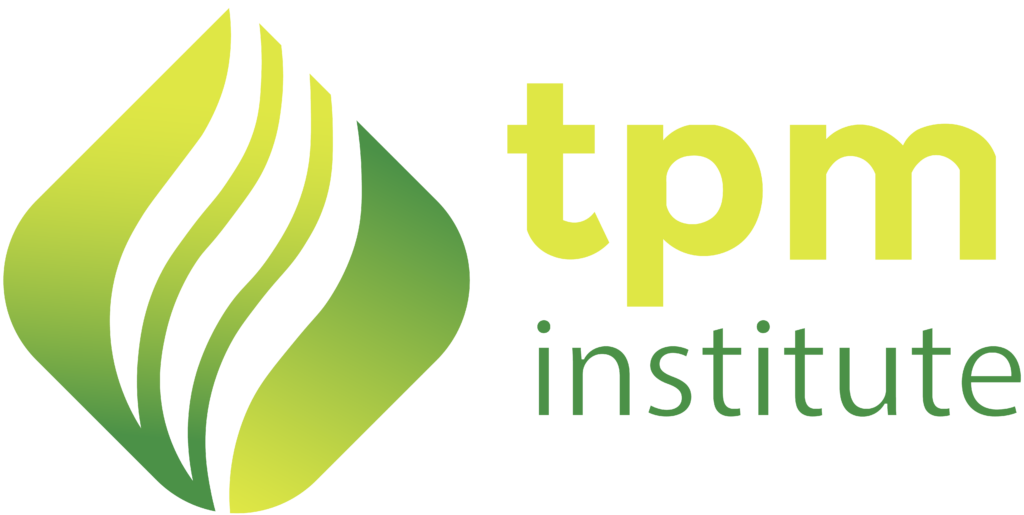In today’s tech-driven landscape, the TPM System Design Interview has become a critical component of hiring processes across top-tier companies. Whether you’re eyeing a role at a FAANG organisation or a fast-growing startup, your ability to structure and present a scalable system solution can make or break your chances.
Why System Design Matters in a TPM Interview
The TPM Interview is not just about programme management; it’s about leading complex technical initiatives end-to-end. System design rounds assess your ability to:
- Understand and evaluate architectural decisions
- Identify potential bottlenecks
- Drive cross-functional collaboration
- Balance scalability, performance, and cost
- Communicate clearly with engineers and stakeholders
Step-by-Step Framework to Structure Your System Design Thinking
Let’s now walk through a tried-and-tested structure that you can follow in your interview.
Clarify the Problem: Before jumping into diagrams or architecture, always start by clarifying the problem. Ask questions to define the scope and the scale. For example:
- What are the functional requirements?
- Are we building an MVP or a globally scalable solution?
- What’s the expected number of users or transactions per second?
- Are there latency, consistency, or availability requirements?
Tip: Interviewers love it when you engage deeply at this stage — it shows product and technical awareness.
Define the System Goals: Once the scope is clear, outline what success looks like. This can include:
- High availability
- Fault tolerance
- Low latency
- Cost efficiency
- Security and compliance
This is your chance to demonstrate alignment with the business vision — a critical TPM trait.
Break Down the High-Level Components: Now, sketch out a high-level overview of the system. Identify the major components such as:
- API Gateway
- Load Balancer
- Application Servers
- Databases (SQL/NoSQL)
- Caching layer
- Storage (object/block)
- Monitoring & Alerting tools
As a TPM, you don’t need to draw the prettiest architecture diagram. Instead, focus on why each component exists and how they interact. Use this moment to explain decisions that impact scaling, latency, or reliability.
Dive into Key Components: Zoom into the most critical component of the system — perhaps the database, the messaging system, or the data ingestion pipeline.
Discuss:
- Read/write patterns
- Sharding and partitioning
- Data consistency models (e.g., eventual vs. strong consistency)
- Latency vs. throughput trade-offs
For example, if you’re designing a chat system, you may choose a NoSQL database for message storage due to its flexible schema and high-speed writes.
Address Bottlenecks and Trade-Offs: This is where you show that you can foresee challenges and proactively resolve them. Talk about:
- Single points of failure
- Caching strategies
- Asynchronous processing (queues, pub/sub)
- Rate limiting
- Horizontal vs. vertical scaling
Use phrases like: “To avoid overloading our primary database, I’d introduce a Redis caching layer.”
This analytical mindset is what separates a great TPM from the rest.
Think About Security and Monitoring: No system design is complete without considering security and observability. Bring up topics such as:
- Authentication and authorisation (OAuth, API keys)
- Data encryption in transit and at rest
- Monitoring tools (Prometheus, Datadog)
- Alerting thresholds and SLAs
As a Technical Program Manager Interview (TPM), you may not be required to code during these interviews, but your depth of understanding in systems architecture, technical trade-offs, and cross-functional collaboration must shine through. At Tpm Institute, we specialise in preparing TPMs for success — and this article will walk you through exactly how to structure your thinking in a TPM System Design Interview.
Bonus Tips to Ace the TPM System Design Interview
Practice Whiteboarding: Even in virtual interviews, be prepared to sketch diagrams quickly and logically.
Learn from Real Systems: Study architectures of WhatsApp, Netflix, or Uber. Understand what trade-offs they made.
Use Frameworks: Google’s “Four Pillars of System Design” or the STAR method for explaining your thought process can help.
Communicate Constantly: Your clarity of communication is often more important than the solution itself.
Final Thoughts: The TPM System Design Interview is your chance to showcase your technical leadership, system-level thinking, and ability to communicate complex ideas clearly. It’s not about having the “perfect answer” — it’s about showing structured, thoughtful reasoning and business-aware decisions.
At Tpm Institute, we help candidates just like you navigate system design interviews with confidence. From mock interviews to one-on-one coaching, we’re here to guide your success.
Ready to elevate your TPM career?
Contact us at +1 (215) 430-2201 to schedule a free consultation.





